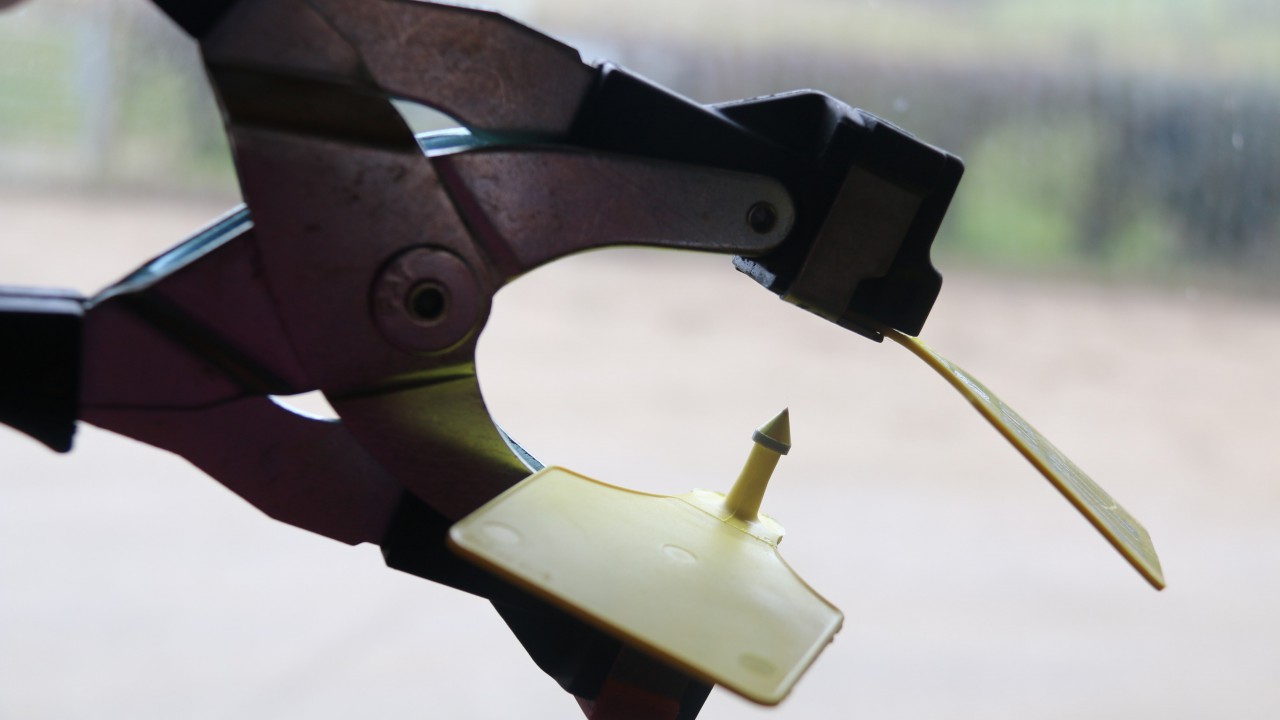Provisional calf registration data for Scotland for the first half of 2018 showed an overall decline of 1.6% compared with the same period last year, according to the latest QMS analysis.
According to Iain Macdonald, senior economics analyst with Quality Meat Scotland (QMS), within this total there was a 2.3% decline of beef-sired calves but a 3.9% recovery for dairy-sired calves.
“Compared to their five-year average for January to June, total numbers were down 0.7%, with beef numbers falling 0.4% and dairy numbers by 2.7%.
“In general, beef-sired registrations have been relatively stable in recent years, but dairy-sired calf numbers have shown some volatility,” Macdonald said.
Reversing trends
Following the downturn in the 2015 dairy market, dairy-sired registrations fell back significantly for two years, suggesting greater use of beef bulls within the dairy herd.
“This appears to be supported by regional data pointing to increases in beef-sired registrations in traditional dairy-producing areas.
“Indeed, during 2017, while beef-sired registrations fell by 1.8% in the north-east, they rose by 1.9% in the south-west,” he said.
“The rise in dairy-sired calf numbers in early 2018 may signal that this trend has reversed again. On the beef side, registrations fell at similar rates of 3.1% in the north-east and 3.5% in the south-west in the first half of 2018.”
One significant trend which can be identified by looking at calf registration figures of recent years is a shift in the beef herd from continental cattle towards native breeds. Comparing the first half of 2018 with the same period of 2013 highlights this shift.
Back in 2013 the three main continental breeds – Limousin, Charolais and Simmental – collectively accounted for 65.4% of the beef-sired registrations, but by 2018 this had dropped back to 57.8%.
Native breeds
Native breeds have shown a significant rise in popularity, helped in some instances by a premium in the marketplace for finished native breed cattle, most notably Aberdeen Angus.
“For example, Aberdeen Angus went from a 19% share of beef-sired registrations in the first half of 2013 up to 21.6% this year. Meanwhile, Shorthorn went from 3.6% to 5.4%, and Hereford doubled from 1.2% to 2.4%.”
However, it should be noted, he said, that it is not only the native breeds that have been increasing in recent years.
Between the first half of 2013 and 2018, Salers saw their share of beef registrations rise from 1.9% to 2.8%, while British Blue rose from 3.1% to 3.9%.
“With the birth-to-beef production cycle averaging around two years, calf registrations can provide a leading indicator of beef supplies,” said Mr Macdonald
Animals reaching processing plants this coming autumn and winter will be largely drawn from early-finishing cattle from the calf crop of 2017 plus the bulk of the animals from the autumn of 2016 and the slower-finishing spring-born 2016 cattle.
“Adding together beef-sired registrations from the March to May period of 2016 and 2017 to beef-sired registrations from September to November 2016,” he said, “Gives a simple estimate of the slaughter pool of prime cattle for this autumn.”
By comparing this number with a year earlier, there is a suggestion that there could be a small increase – around 1.5% – in the availability of Scottish-born beef-sired animals.
However, once a decline in dairy-sired calves has been factored in, the potential increase could be closer to 1%.
Across the border
However, the number of prime animals reaching Scottish abattoirs will also depend on cross-border movements.
“Data from BCMS shows that during 2017, Scottish abattoirs handled 336,000 Scottish-born cattle aged less than 30 months.
“Compared with five years before, this was a fall of 1.6%. However, over the same time, the number of animals aged less than 30 months born in England or Wales but slaughtered in Scotland fell by 34% to 30,500 head,” he said.

